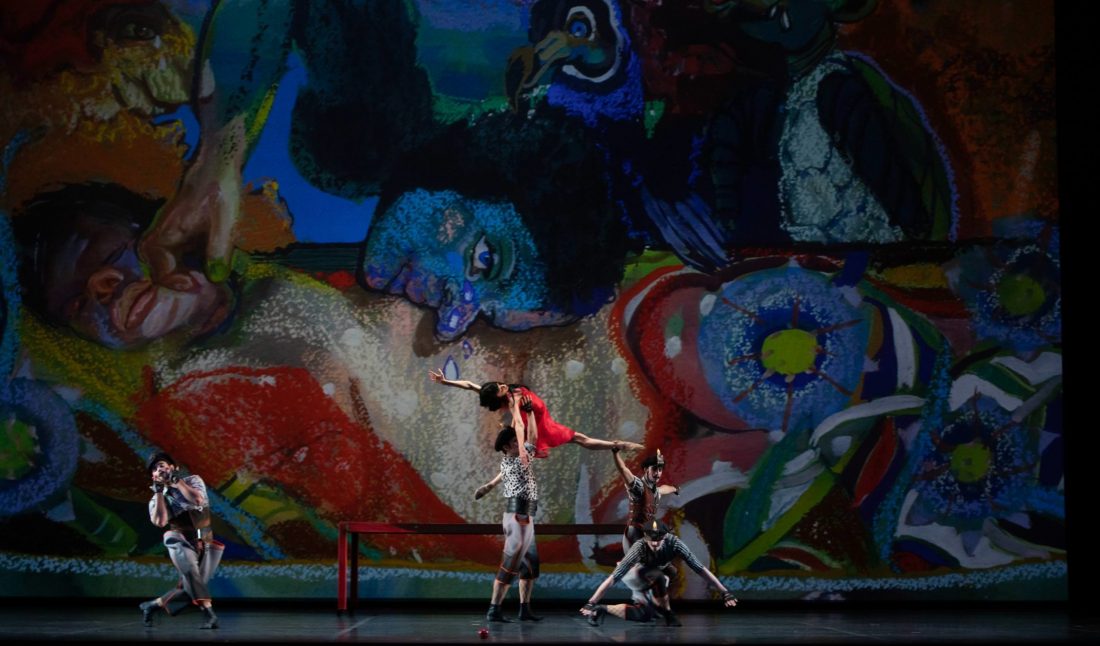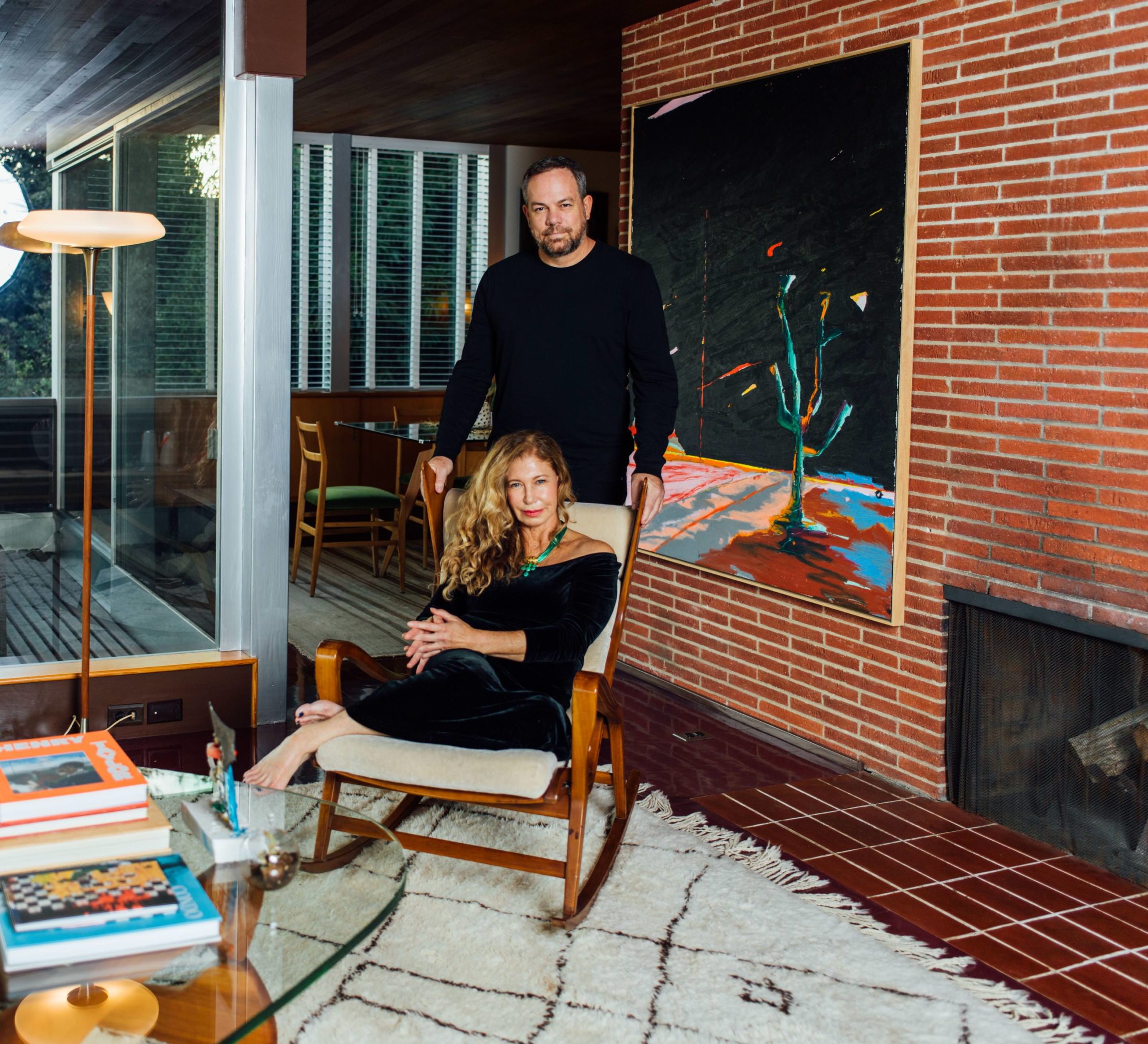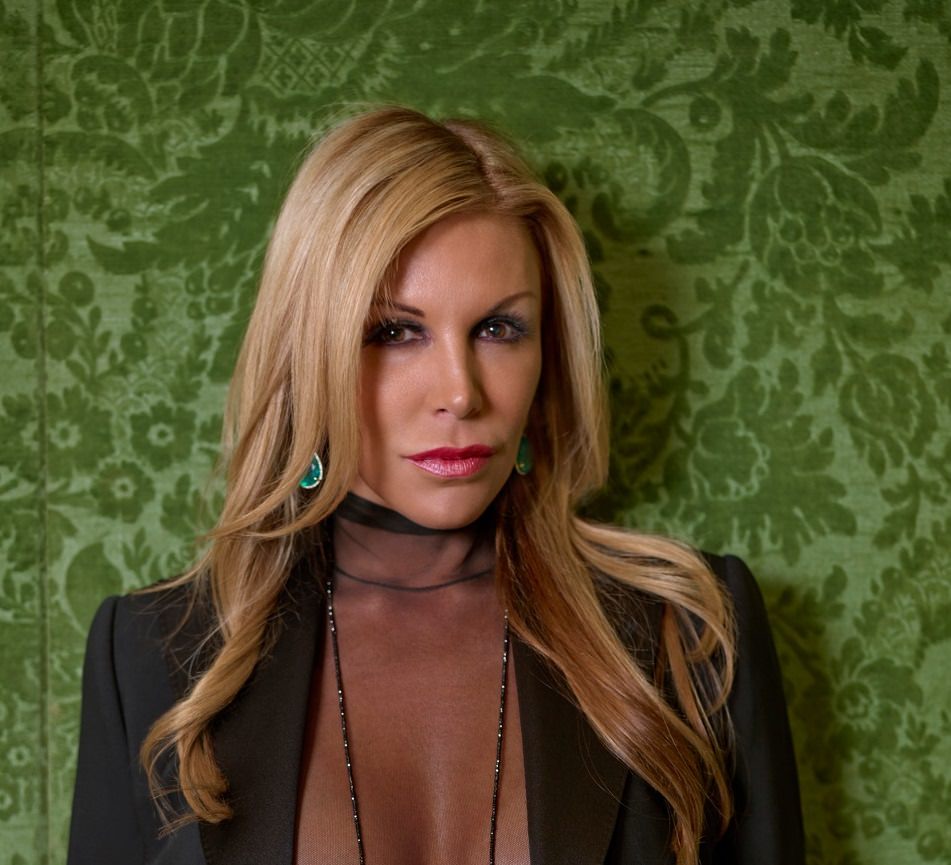Last weekend, Ballet Austin performed the world premiere of “Grimm Tales,” a collaboration with artist Natalie Frank. Stephen Mills choreographed the full-length piece, inspired by the artist’s drawings of The Frog King, Snow White, and The Juniper Tree.
Revolving around the theme of hunger—physical, sexual, and literal—New York-based Frank created over 30 drawings to work from with costume designer Constance Hoffman set designer George Tsypin.
Earlier this spring, Whitewall caught up with Frank to hear more about bringing the “Grimm Tales” to life.
WHITEWALL: How did this collaboration with Ballet Austin come about?
NATALIE FRANK: Stephen Mills, the artistic director of Ballet Austin, approached me. We had been introduced through Veronica Roberts, the curator at the Blanton Museum of Art. Sarah and Dr. Ernest Butler had given Ballet Austin an endowment to do new collaborations. The first in the series was with Trenton Doyle Hancock. One day Stephen said, “Would you like to do this?”
I thought the opportunity to bring the Grimm’s fairy tales to life would be amazing. And he offered for me to choose the people to work with. I found Constance Hoffman, who works a lot with dance and opera. I approached George Tsypin—I remember watching the opening to Beijing Olympics he had worked on. We met and we talked about what we envisioned and I shared my book and the drawings.
WW: What was it like to translate your drawings into costumes and set designs?
NF: My drawings were the basis for the whole production. The sets are projections of about 35 new drawings. And we’ve been working with an animator and a lighting designer.
The costume design came from a lot of brainstorming and sketching with Constance, looking at references from haute couture to punk to German leather boys (which are our dwarves). I co-designed the textiles, and we worked with a fabric painter Jeff Fender, who translated my hand into his fabric painting. And we worked with Edward Carey, the writer and artist, to develop a storyline which stuck pretty closely to the original stories. They are all unified by the idea of hunger. Sexual hunger, physical hunger, literal hunger. And the production is definitely not for children!
WW: How did you arrive at the theme of hunger?
NF: That was Edward’s idea. We all brought tales that we loved from the Grimm’s. I’ve always loved The Frog King. I thought that story had both a strong heroine, humor, sexuality, hilarious violence, and transformation. We thought that would be a great way to start the ballet. And we end the ballet with The Juniper Tree, which is one of the darkest of Grimm’s fairy tales. And in the middle is Snow White.
I didn’t want Snow White to end up with the prince in a saccharine ending, so we have her ending up with the prince and the dwarves. We’ve taken some liberties in terms of feminist interpretations of these stories, allowing our favorite female characters to do what they want to do.
WW: What about this project do you think you’ll take back to the studio?
NF: I’ve been working on drawings for a new book and exhibition of French feminist fairytales from 17th century, published by Princeton University Press. I’ve pared down the drawings a lot and have been thinking about what is needed and what is not needed and what’s distracting and what should be heightened.
WW: Was it challenging to translate your work in any way to a ballet performance?
NF: What was a real learning curve for me in terms of visuals were how my initial drawings would translate on the stage. They were very fussy and detail-oriented, at first. That amount of detail I realized would not come across on a stage in movement and in three dimensions. So it changed my thinking about how to represent this character—what information do you need to show, how simple it should be to get across the narrative.
It’s the first time my work isn’t the only performer at the show. My work here is meant to support the narrative and dancers, not overwhelm them. That’s been probably the biggest lesson.











